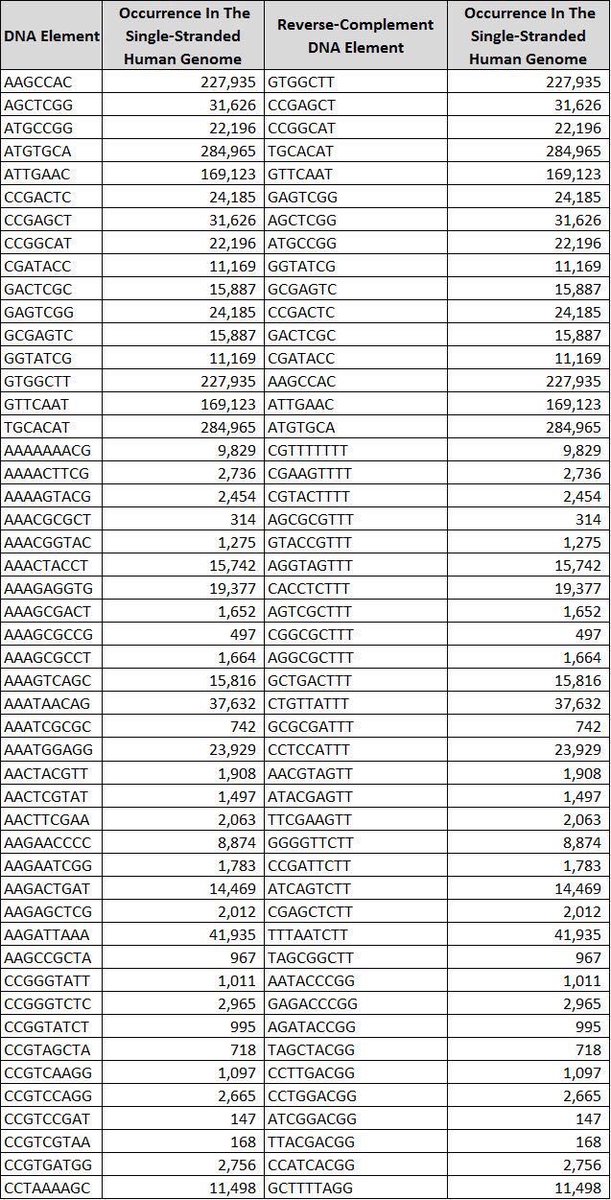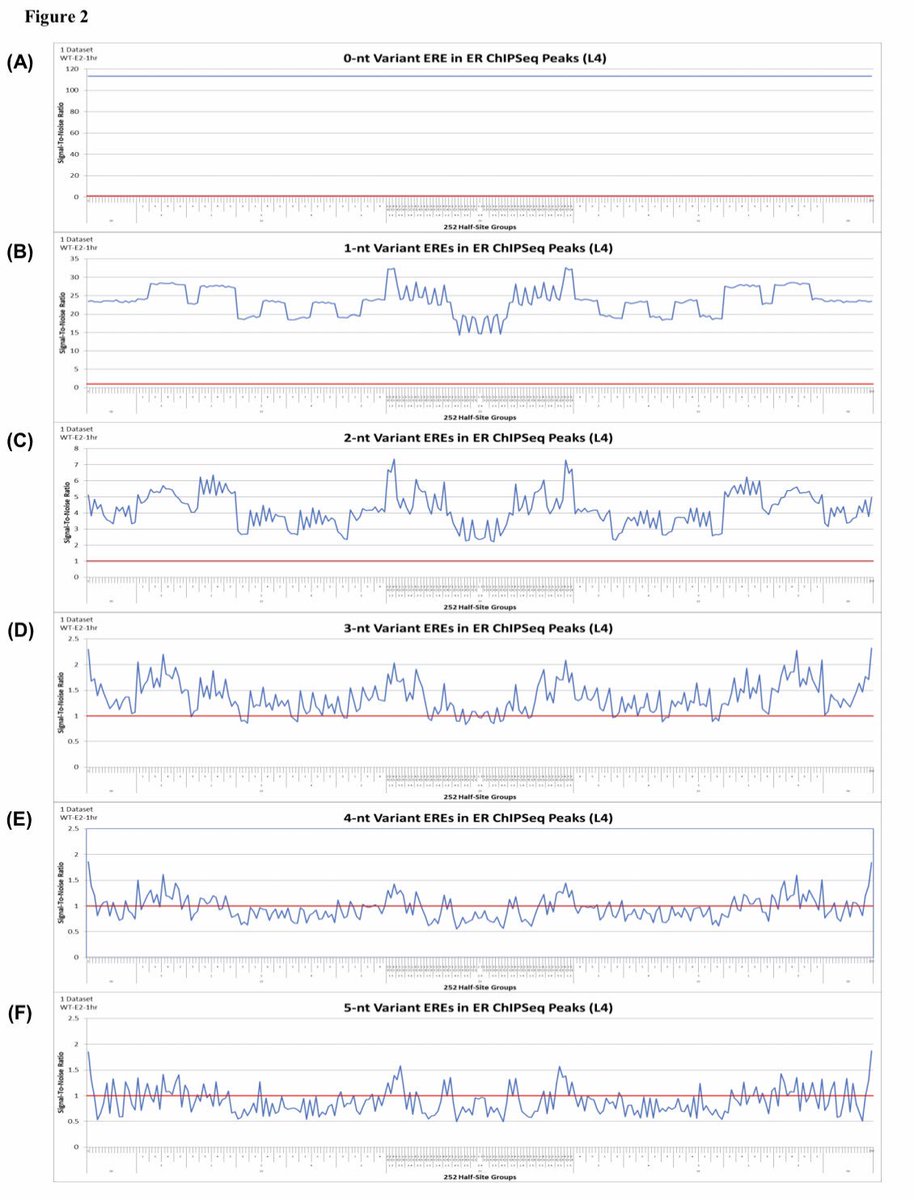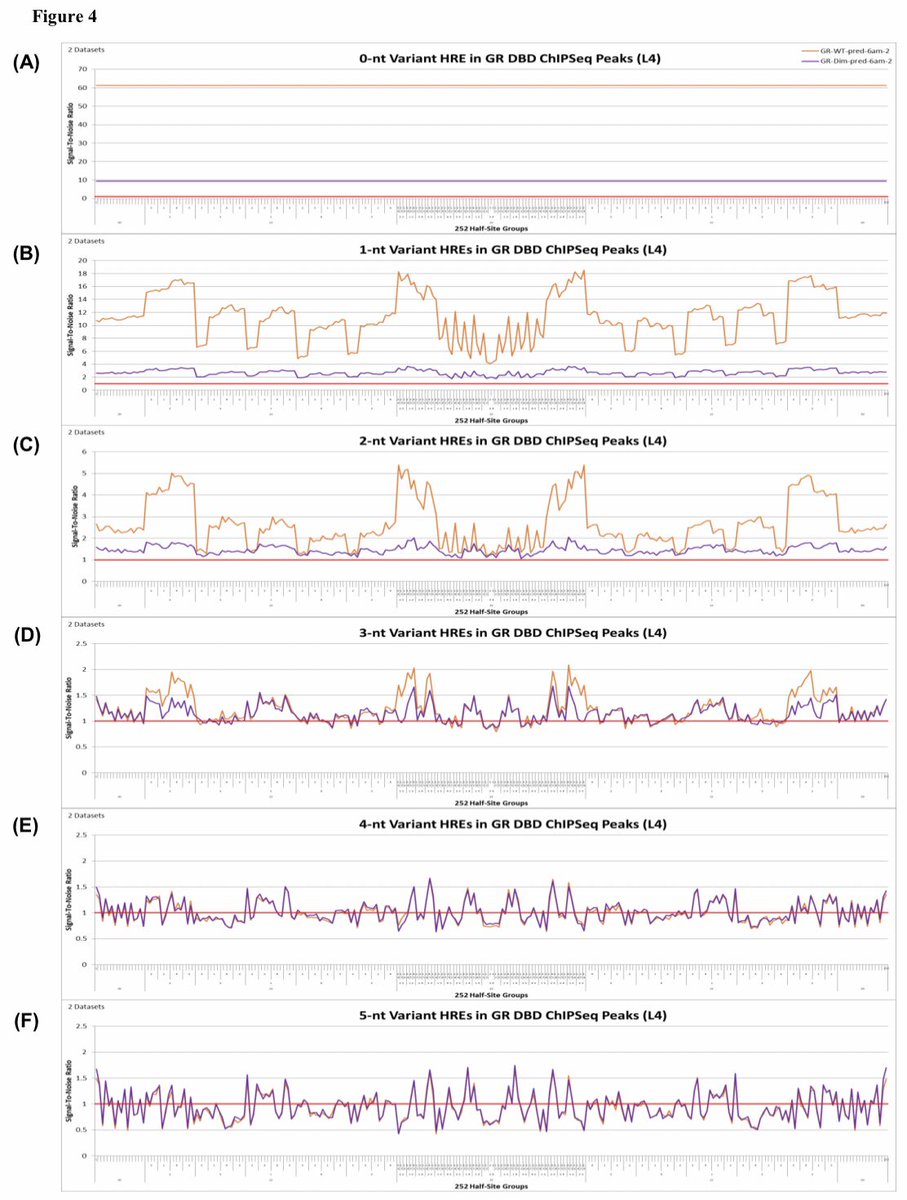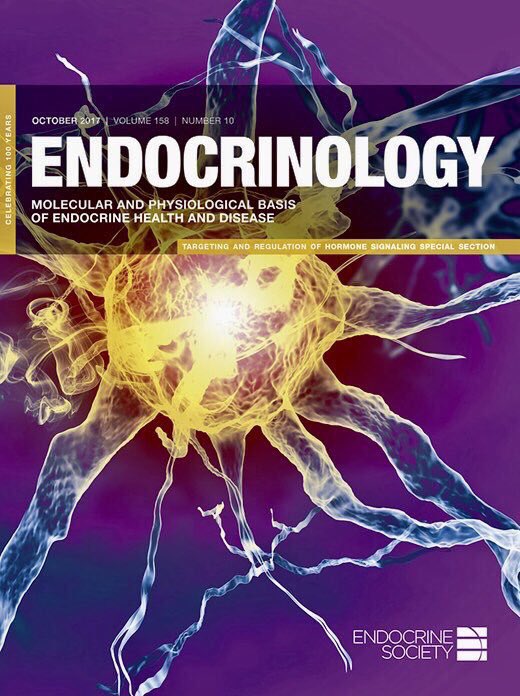🧬The two #DNA strands are reverse-complements
🧬Reading one strand in #reverse order and exchanging each base with its #complement gives the other strand
🧬A and T are complements, C and G are complements
DNA Sequence: AGTAGCAT
Reverse-Complement: ATGCTACT
🧬Pull the #DNA double helix apart, leaving the two single DNA strands
🧬The population (or occurrence) of every DNA sequence in that single-strand is #equivalent to the population of its reverse-complement DNA sequence in that same single-strand
#Genomics

The #population of every DNA sequence is equivalent to the population of its reverse-complement DNA sequence in
🧬Both DNA strands of the double helix
🧬Each single-strand of the double helix
🧬Each chromosome of each single-strand
👉cell.com/iscience/fullt…
🧬#Transcription factor binding in the genome follows this reverse-complement symmetry
🧬It’s the DNA code that transcription factors (proteins that turn genes on or off) use to interact with the genome, and dictates which of those interactions are functionally active






